Picture this: you’re standing in a museum, staring at a massive T. rex skeleton, and suddenly you wonder – was this fearsome predator actually covered in bright pink feathers? Did it strut around like a giant, deadly peacock? The truth about dinosaur appearance is far more fascinating and bizarre than Hollywood ever dared to imagine, and the methods scientists use to uncover these ancient secrets will absolutely blow your mind.
The Fossilization Process: Nature’s Time Capsule

Fossilization is like nature’s most exclusive photo album, but one that only captures about 0.1% of all creatures that ever lived. When dinosaurs died, their bodies had to meet incredibly specific conditions to become fossils – quick burial, the right chemistry, and a whole lot of luck.
Most fossils preserve only the hardest parts like bones and teeth, which is why we’ve been guessing about soft tissues for so long. But here’s where it gets exciting: exceptional preservation sites around the world have started revealing feathers, skin, and even internal organs.
The Burgess Shale in Canada and the Jehol Biota in China are like winning the paleontological lottery. These sites capture dinosaurs in stunning detail, frozen in time with their soft tissues intact, giving us glimpses of what these creatures actually looked like when they ruled the Earth.
Skin Impressions: Reading Ancient Leather
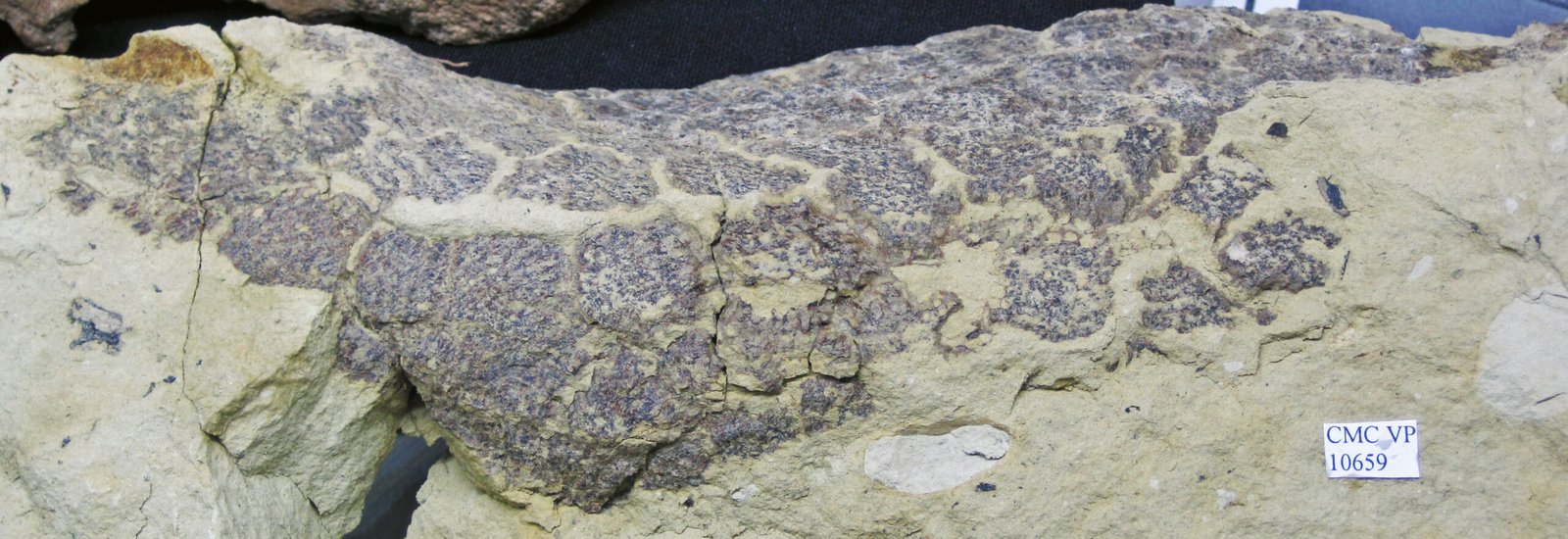
Dinosaur skin wasn’t just tough hide – it was a complex organ that tells incredible stories about how these animals lived. Fossilized skin impressions reveal textures ranging from pebbly bumps to intricate scale patterns that would make a designer handbag jealous.
The famous “Dakota” specimen, a hadrosaur mummy discovered in North Dakota, preserved skin so perfectly that scientists could analyze its chemical composition. This revealed that some dinosaurs had skin similar to modern crocodiles, while others had more bird-like characteristics.
What’s truly mind-blowing is that skin impressions can reveal behavioral clues too. Wear patterns on foot pads show how dinosaurs walked, while calluses indicate pressure points from daily activities. It’s like reading the autobiography written on their very skin.
The Feather Revolution: Dinosaurs as Birds
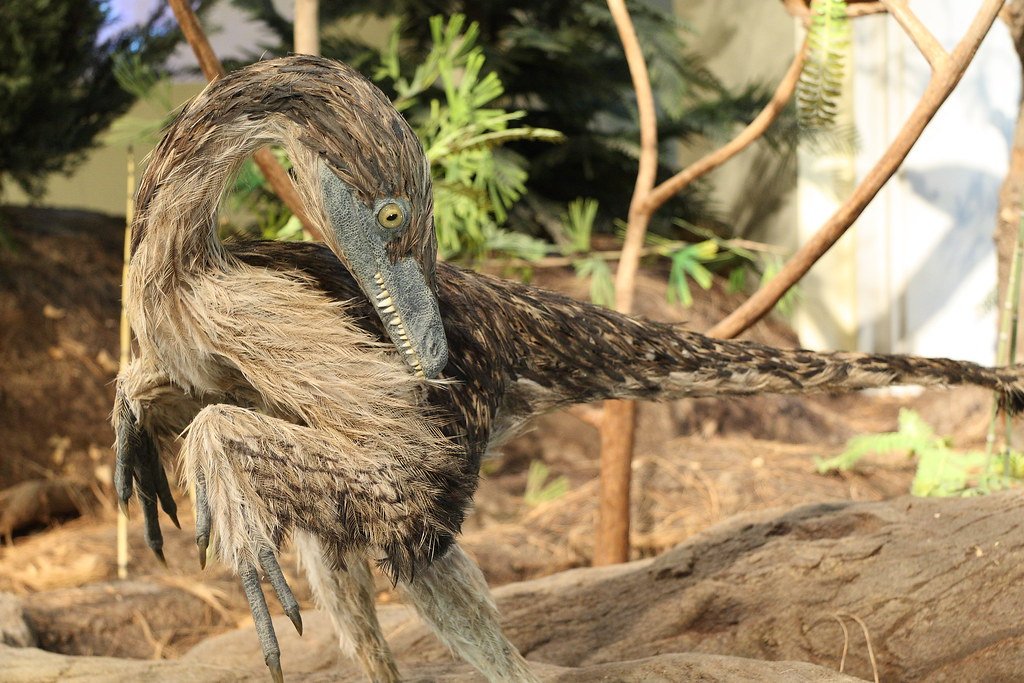
The discovery of feathered dinosaurs completely shattered our scaly, reptilian mental image of these creatures. Starting with Sinosauropteryx in 1996, paleontologists have now found dozens of species sporting everything from simple fuzz to elaborate flight feathers.
These weren’t just primitive proto-feathers either – some dinosaurs had feathers so sophisticated they could rival modern birds. Anchiornis had four wings with asymmetrical flight feathers, while Borealopelta sported quill-like structures that may have been used for display.
The most shocking revelation? Many of the most famous dinosaurs, including velociraptors and possibly even T. rex, likely had feathers. This means Jurassic Park got it completely wrong – these creatures were more like deadly birds than giant lizards.
Color Patterns: Unlocking Ancient Rainbows
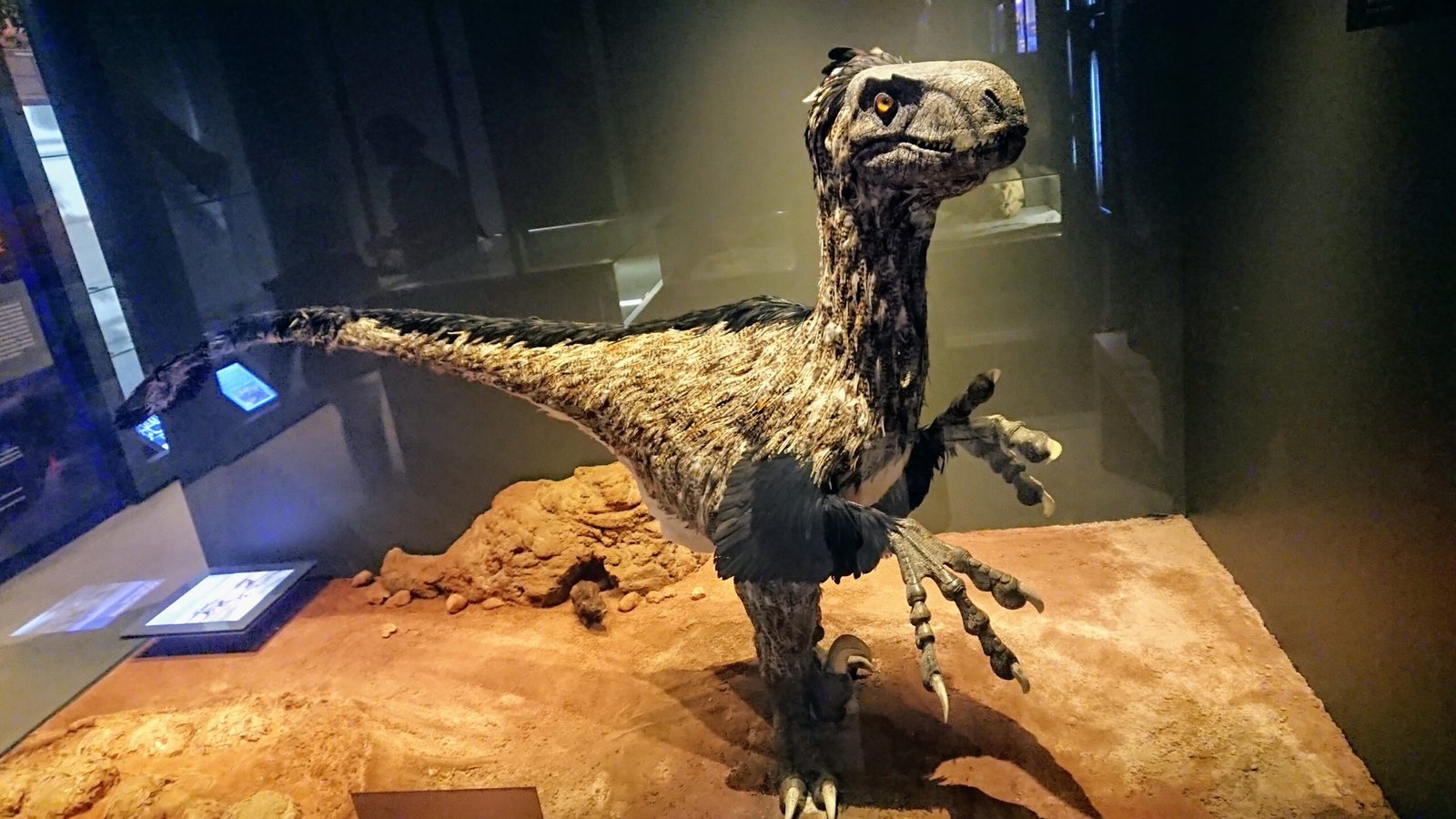
Until recently, dinosaur coloration was pure guesswork, but revolutionary techniques now let us see the actual colors of creatures that lived 150 million years ago. Scientists can analyze melanosomes – tiny structures that contain pigments – preserved in fossilized feathers.
Sinosauropteryx, that groundbreaking feathered dinosaur, turned out to have reddish-brown stripes along its tail and back, like a prehistoric raccoon. Anchiornis was dramatically black and white, while Borealopelta displayed a reddish-brown countershading pattern for camouflage.
The implications are staggering – we’re not just seeing random colors, but complex patterns that reveal behavior, habitat, and social structures. These dinosaurs weren’t drab museum pieces; they were living, breathing creatures with vibrant, purposeful coloration.
Body Size and Proportions: The Scale of Giants
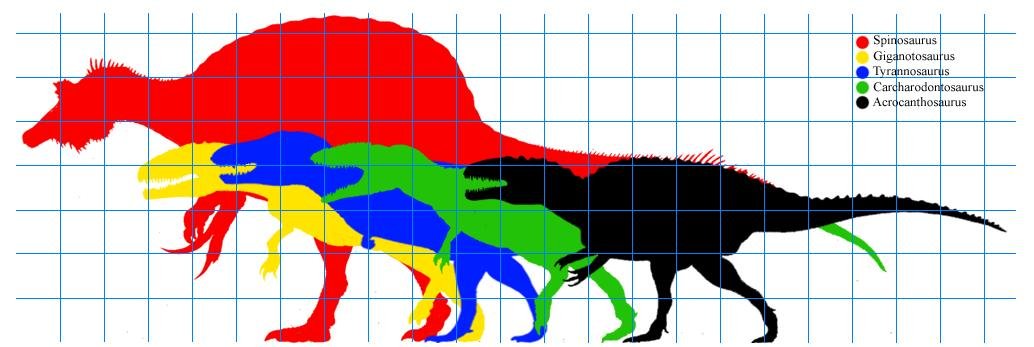
Determining dinosaur size is like solving a three-dimensional puzzle with missing pieces. Scientists use bone measurements, growth rings, and comparative anatomy to estimate everything from height to weight, and the results are often surprising.
Many dinosaurs were much smaller than popular culture suggests – the average dinosaur was about the size of a chicken. But the giants were truly colossal: Argentinosaurus may have weighed as much as 12 elephants, while Quetzalcoatlus had a wingspan larger than a small airplane.
Perhaps most fascinating is that many dinosaurs changed dramatically as they grew. Baby T. rex were covered in fuzz and had relatively long legs for running, while adults became the massive, possibly feathered apex predators we know today.
Posture and Movement: How Dinosaurs Carried Themselves

The old image of dinosaurs as sluggish, tail-dragging reptiles couldn’t be more wrong. Modern analysis reveals that most dinosaurs were active, dynamic creatures with postures more like modern birds than crocodiles.
Theropods like T. rex held their bodies horizontally, with their massive heads balanced by long, muscular tails. Sauropods didn’t drag their tails but held them high, using them as counterbalances for their enormous necks.
Computer modeling and trackway analysis show that many dinosaurs were surprisingly agile. Some could run faster than modern racehorses, while others performed complex social behaviors that required precise body control and coordination.
Facial Features: The Eyes, Ears, and Expressions
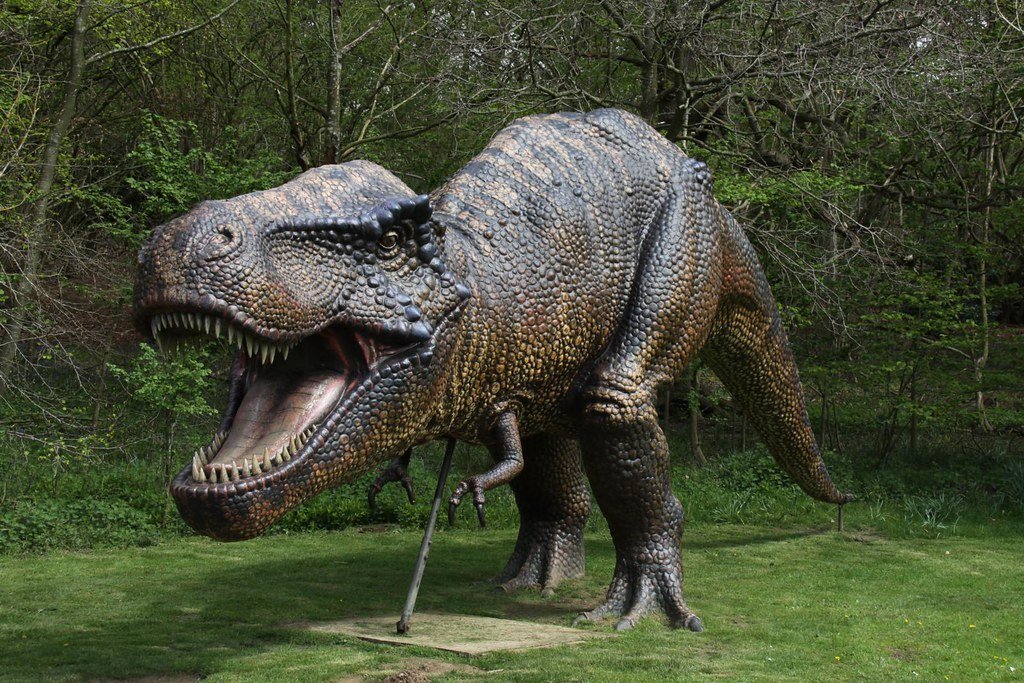
Dinosaur faces were far more expressive and varied than we ever imagined. Eye socket shapes tell us about vision – some dinosaurs had eyes facing forward for stereoscopic vision, while others had eyes on the sides of their heads for panoramic awareness.
Many dinosaurs had elaborate facial displays – crests, horns, and frills that changed color or could be moved for communication. Parasaurolophus could honk through its crest like a trumpet, while Triceratops may have changed the color of its frill to signal emotions.
Recent discoveries suggest some dinosaurs had lips, making them look more like scaled-up lizards than crocodiles. This completely changes their facial expressions and makes them seem more relatable and mammal-like.
Bone Structure: The Framework of Ancient Life

Dinosaur bones aren’t just static support structures – they’re dynamic records of how these animals lived, grew, and died. The microscopic structure of bones reveals growth rates, seasonal changes, and even stress patterns from daily activities.
Many dinosaur bones show evidence of rapid growth followed by slower periods, creating growth rings like trees. This tells us that dinosaurs were more like modern birds than reptiles, with fast metabolisms and active lifestyles.
Pathological bones – those showing disease or injury – provide intimate glimpses into dinosaur lives. We’ve found evidence of arthritis, broken bones that healed, and even cancer, showing that these creatures faced many of the same health challenges as modern animals.
Comparative Anatomy: Learning from Modern Relatives
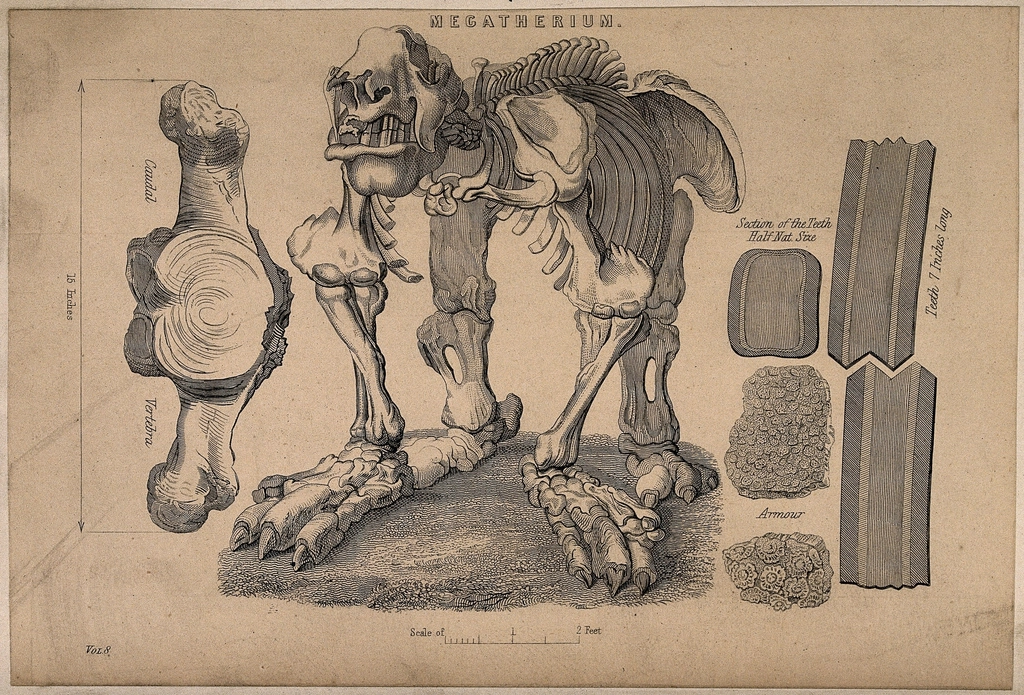
Understanding dinosaur appearance relies heavily on studying their modern relatives – birds and crocodiles. By comparing bone structures, muscle attachment points, and soft tissue arrangements, scientists can make educated guesses about dinosaur anatomy.
This approach has revealed that many dinosaurs had air sacs in their bones, just like modern birds. This made them lighter and more efficient, explaining how massive creatures like sauropods could support their enormous size.
However, this method has limitations – dinosaurs were unique creatures that don’t have perfect modern analogs. Some features, like the enormous size of sauropods or the bizarre crests of lambeosaurines, require creative interpretation based on physics and engineering principles.
Muscle Reconstruction: Bringing Bones to Life
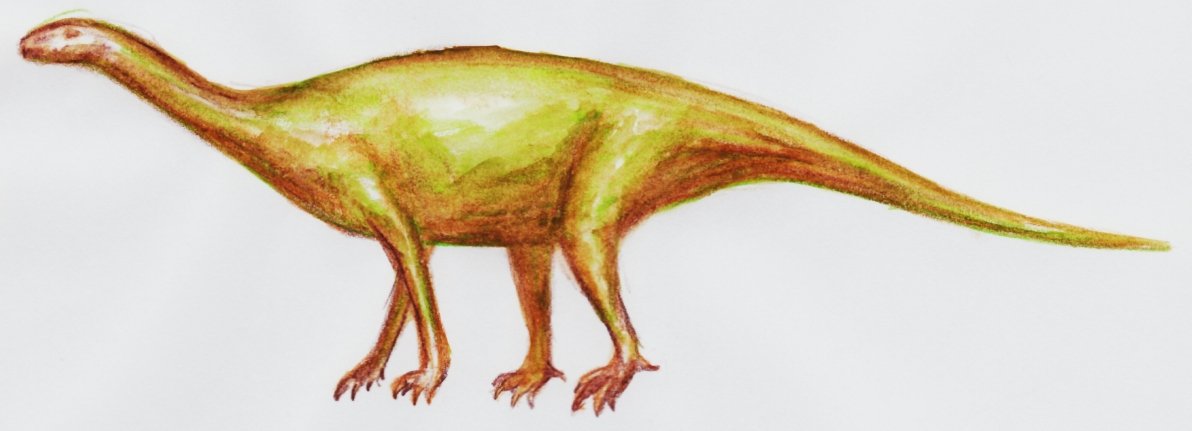
Reconstructing dinosaur muscles is like being a detective and an artist at the same time. Scientists use muscle attachment scars on bones to determine where muscles connected, then estimate their size and strength based on the forces they needed to generate.
This process has revealed that many dinosaurs had incredibly powerful muscles. T. rex had jaw muscles that could generate bite forces of over 12,000 pounds per square inch – enough to crush a small car.
Advanced computer modeling now allows scientists to simulate how these muscles worked together, showing us not just what dinosaurs looked like, but how they moved, hunted, and interacted with their environment.
Behavioral Clues: Actions Written in Stone
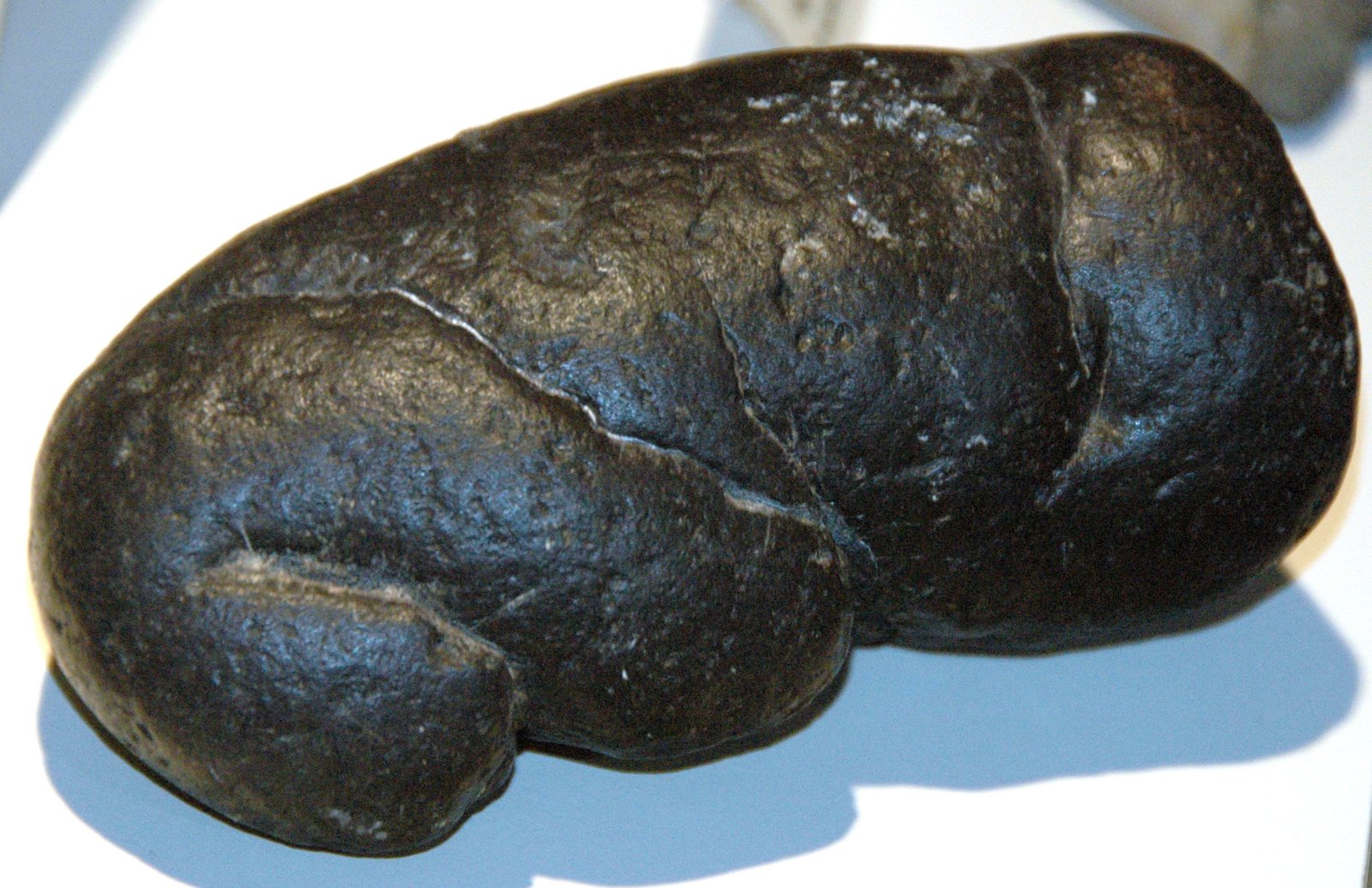
Dinosaur behavior is preserved in stone in surprising ways. Coprolites (fossilized feces) reveal diet and digestive health, while trackways show social behavior, migration patterns, and even evidence of herding.
Some of the most dramatic evidence comes from sites like the “Fighting Dinosaurs” specimen, where a Velociraptor and Protoceratops were preserved locked in mortal combat. This gives us a split-second snapshot of predator-prey interaction 74 million years ago.
Nesting sites reveal parental care behaviors, with some dinosaurs brooding their eggs like modern birds. These discoveries show that dinosaurs had complex social lives and emotional bonds, making them seem more like the intelligent creatures we see in modern documentaries.
Technology and Dinosaur Discovery: Modern Tools, Ancient Mysteries

The tools used to study dinosaurs have evolved dramatically, from simple picks and brushes to CT scanners and electron microscopes. These technologies reveal details invisible to the naked eye, from the internal structure of bones to the chemical composition of ancient proteins.
3D printing allows scientists to create perfect replicas of fossils, enabling detailed study without risking damage to priceless specimens. Virtual reality lets researchers walk through reconstructed dinosaur environments, experiencing these ancient worlds as if they were really there.
Perhaps most exciting is the use of artificial intelligence to analyze vast databases of fossil data, identifying patterns and relationships that human researchers might miss. This technology is accelerating discovery at an unprecedented rate.
Diet and Feeding Behavior: You Are What You Eat
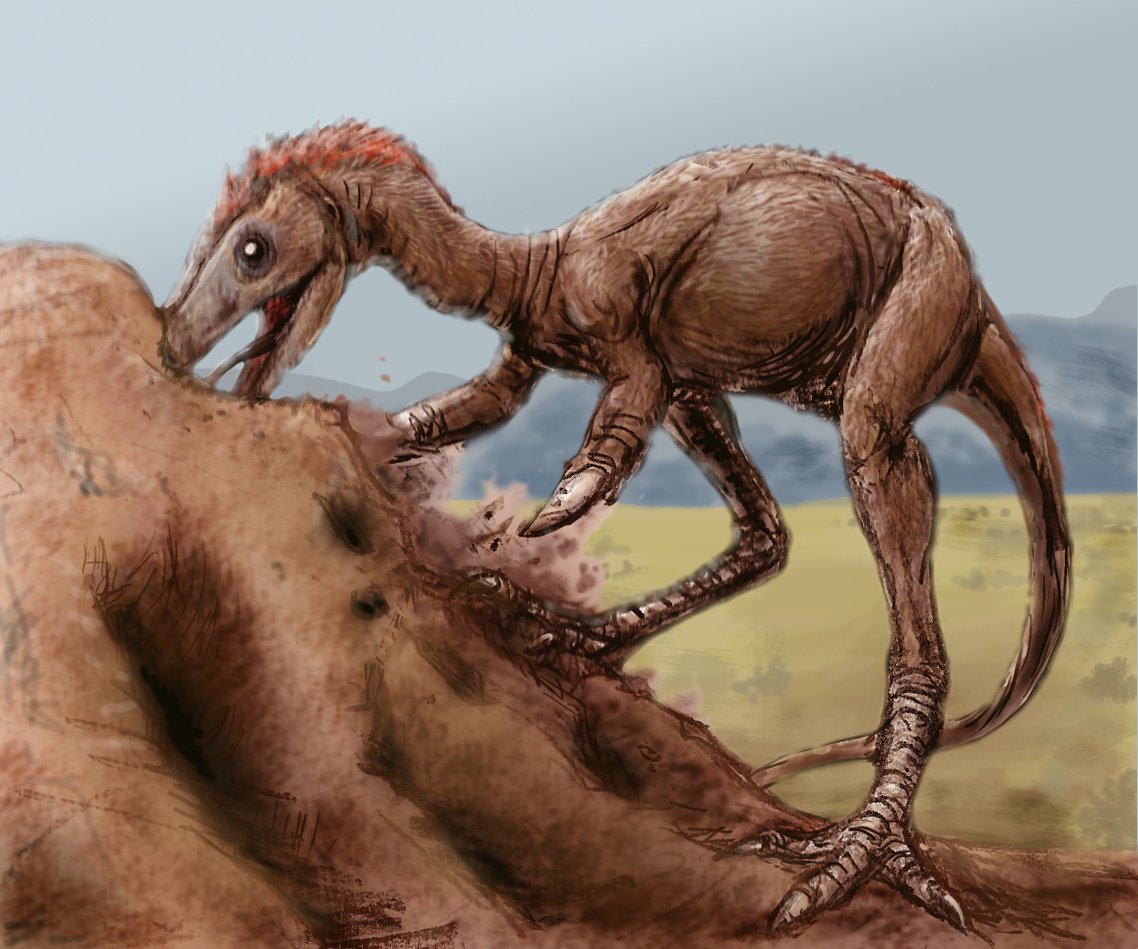
Dinosaur diets shaped their entire appearance, from tooth structure to body proportions. Herbivores developed elaborate chewing mechanisms, with some species having hundreds of tiny teeth working like organic food processors.
Carnivorous dinosaurs showed incredible diversity in hunting strategies. While T. rex was a powerful bite-and-hold predator, Compsognathus was a quick, agile hunter that probably caught small prey like insects and lizards.
Some dinosaurs had truly bizarre feeding adaptations – Therizinosaurus had claws longer than baseball bats but used them to strip vegetation, while Carnotaurus had forward-facing eyes for precise predation despite its unusual horned skull.
Environmental Adaptations: Surviving Ancient Worlds
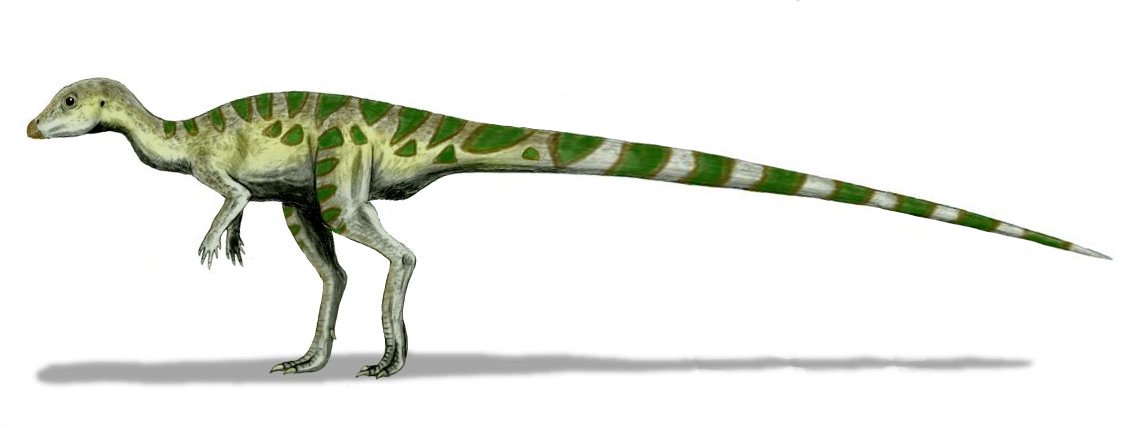
Dinosaurs evolved remarkable adaptations to survive in environments completely different from our modern world. High atmospheric CO2 levels, different ocean configurations, and varying temperatures created unique challenges that shaped their evolution.
Arctic dinosaurs like Leaellynasaura had enlarged eye sockets for better vision during polar winters, while desert-dwelling species developed heat-dissipating features like enlarged blood vessels and specialized cooling systems.
These environmental pressures created the incredible diversity we see in the fossil record – from tiny, bird-like predators to massive, long-necked giants that could reach treetops 50 feet high.
Sexual Selection and Display: Dinosaur Fashion Shows

Many dinosaur features that seem purely functional were actually elaborate displays for attracting mates or intimidating rivals. The enormous frills of ceratopsians, the bizarre crests of hadrosaurs, and the elaborate feathers of many theropods were likely used in courtship displays.
These features often show sexual dimorphism – males and females looked different, just like peacocks and peahens today. Some male dinosaurs may have had more colorful feathers, larger crests, or more elaborate horns than females.
The implications are profound – dinosaur appearance was driven not just by survival needs, but by the same sexual selection pressures that create beautiful birds and mammals today. This makes them seem more alive and relatable than ever before.
Soft Tissue Preservation: The Holy Grail of Paleontology
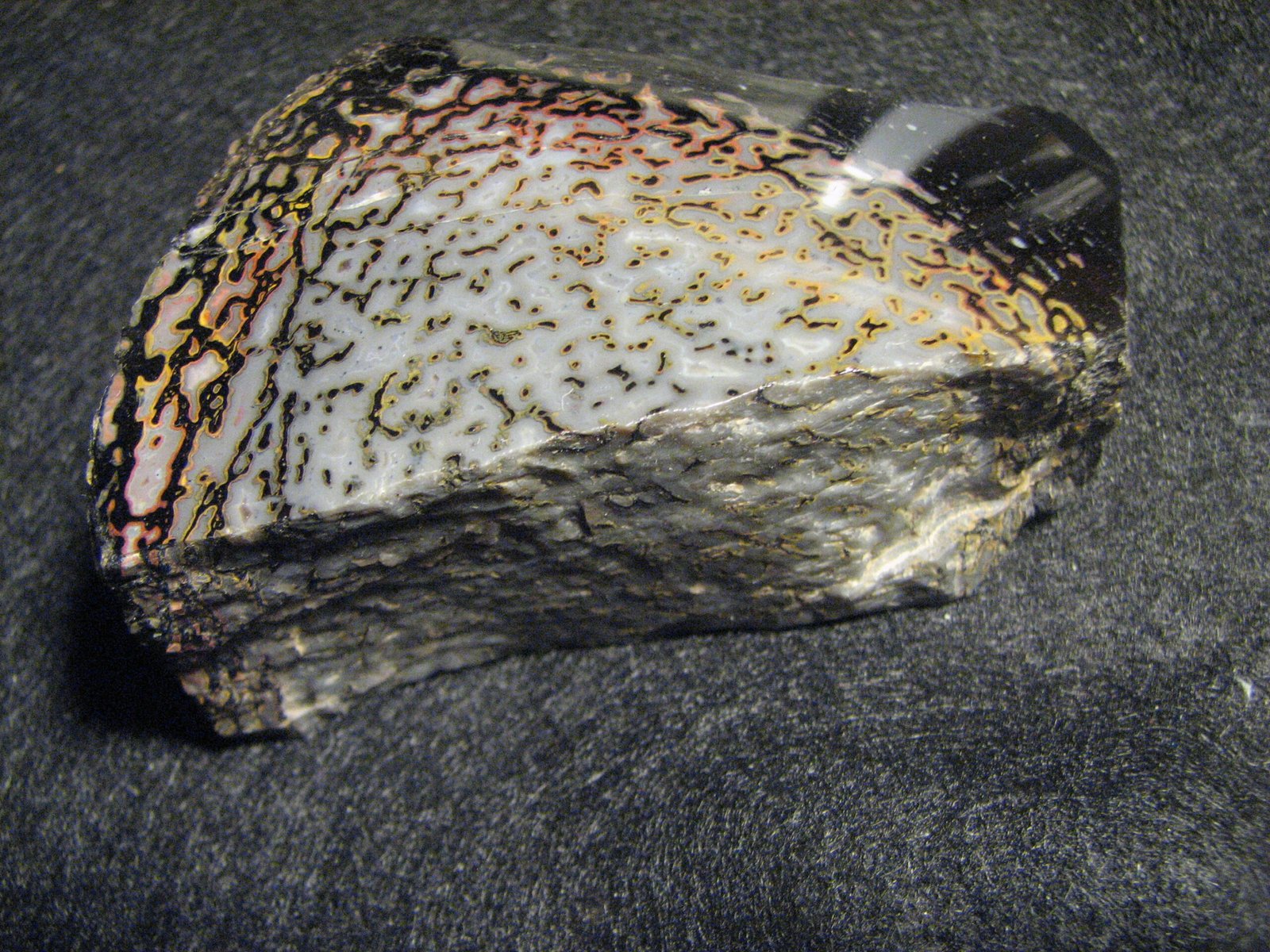
The preservation of soft tissues in dinosaur fossils was once considered impossible, but recent discoveries have revolutionized our understanding. Blood vessels, proteins, and even possible DNA fragments have been found in specimens millions of years old.
These discoveries are controversial – many scientists question whether such delicate materials can really survive for so long. However, the evidence continues to mount, with multiple independent studies confirming the presence of original biological material.
If these findings are confirmed, they could provide direct evidence of dinosaur physiology, metabolism, and even genetic relationships. This would be the ultimate breakthrough in understanding what dinosaurs really looked like and how they lived.
Misconceptions and Movie Magic: Separating Fact from Fiction
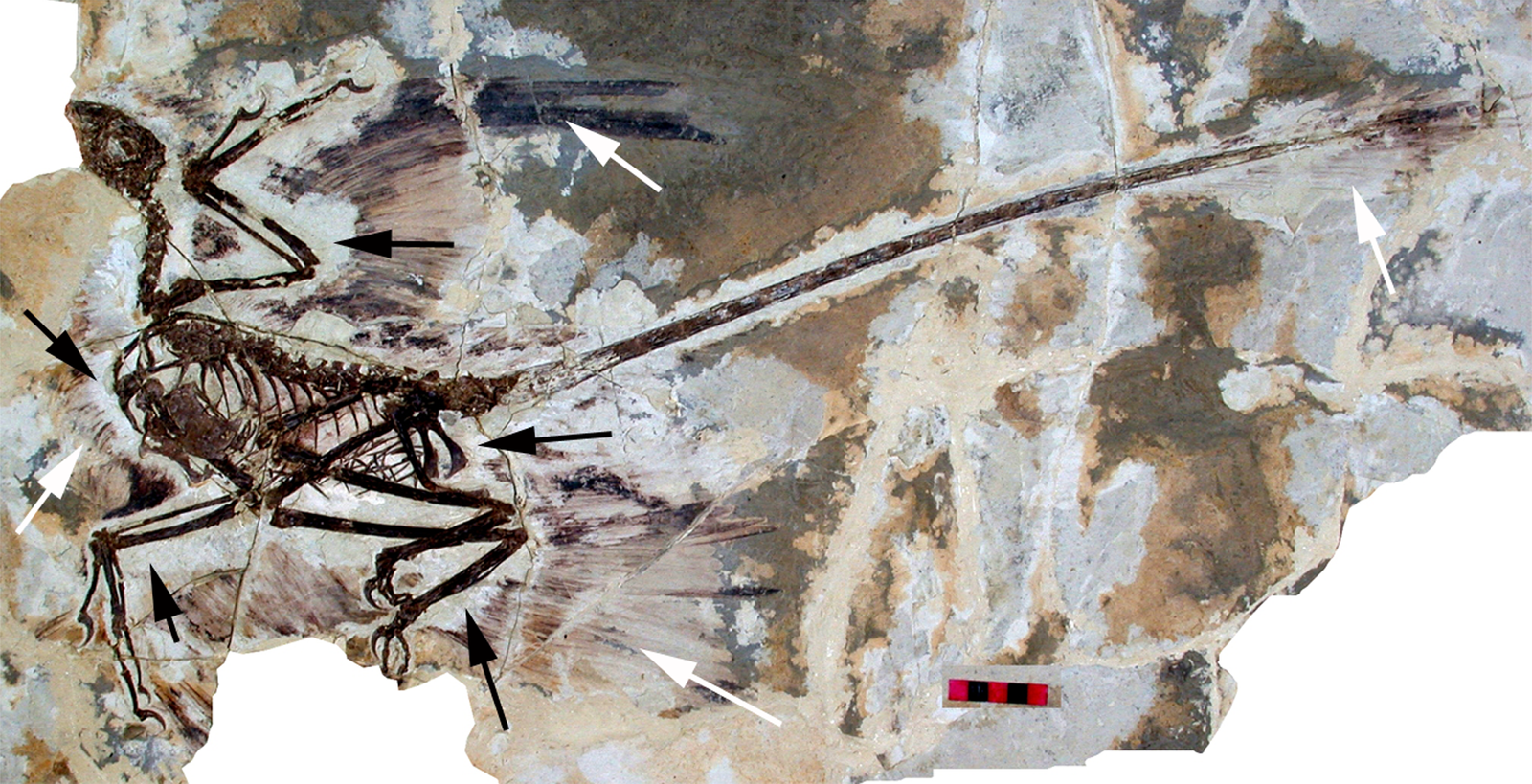
Popular culture has created some persistent myths about dinosaur appearance that are surprisingly hard to shake. The scaly, lizard-like creatures of early movies are completely wrong – most dinosaurs were more bird-like than reptile-like.
The famous “Jurassic Park” velociraptors were actually more like feathered turkeys than scaly monsters. Real velociraptors were about the size of a chicken, covered in feathers, and probably hunted in coordinated packs using their intelligence rather than brute force.
Even more shocking is that many dinosaurs we think of as huge were actually quite small. The average dinosaur was smaller than a human, and many were absolutely tiny – some were no bigger than hummingbirds.
The Future of Dinosaur Research: What’s Next?
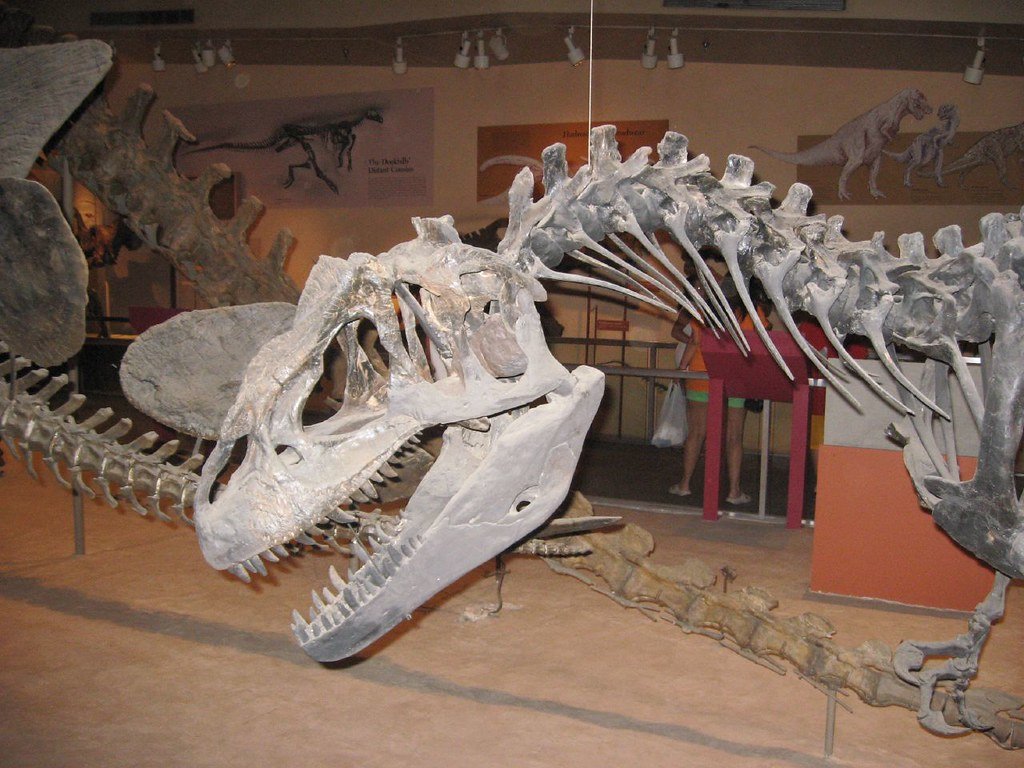
The future of dinosaur research is incredibly exciting, with new technologies and techniques being developed every year. Scientists are working on extracting ancient DNA, creating more accurate color reconstructions, and even attempting to reverse-engineer dinosaur traits in modern birds.
Virtual reality and augmented reality are beginning to let us experience dinosaur worlds in unprecedented detail. Soon, we may be able to walk alongside these ancient creatures, seeing them as they really were in their natural environments.
Perhaps most intriguingly, some scientists are working on “de-extinction” projects – attempting to bring back dinosaur-like traits in modern birds. While we’ll never see a real T. rex, we might someday see birds with teeth, long tails, or other dinosaur characteristics.
Conclusion: The Living Past
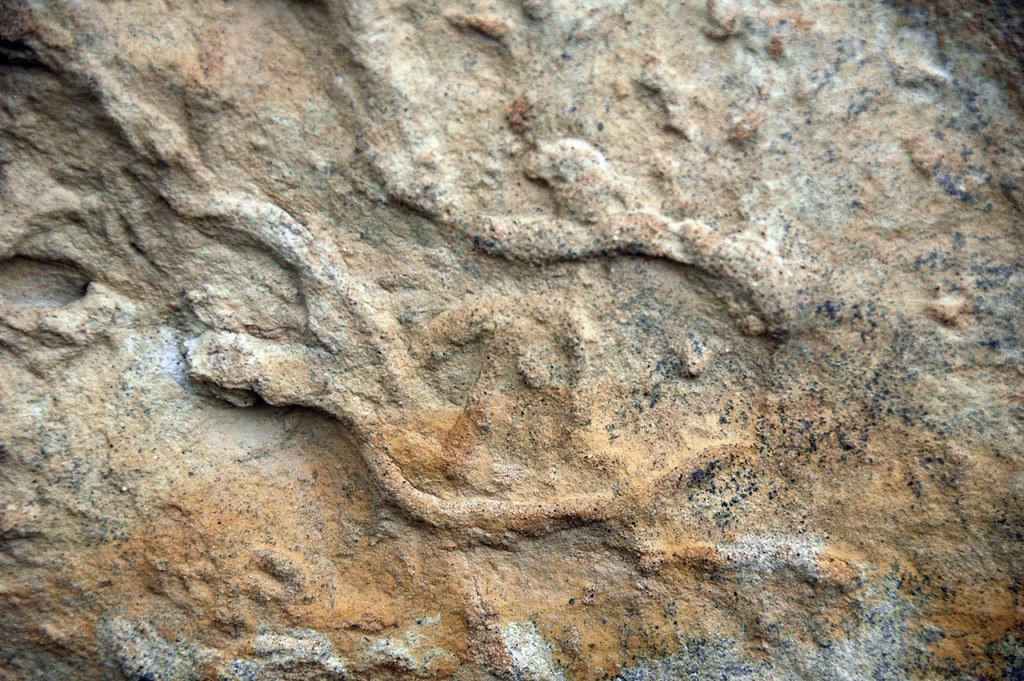
The story of dinosaur appearance is still being written, with each new discovery adding another piece to this incredible puzzle. What we’ve learned so far paints a picture of creatures that were far more vibrant, diverse, and dynamic than anyone ever imagined.
These weren’t the sluggish monsters of old movies, but active, intelligent, and often beautiful creatures that dominated Earth for over 160 million years. They came in every size, shape, and color imaginable, from tiny feathered jewels to massive long-necked giants.
Every time you see a bird outside your window, remember that you’re looking at a living dinosaur – a direct descendant of creatures that once ruled the world. The next time you visit a museum, don’t just see bones and reconstructions, but imagine the real, living animals they represent. What other secrets about their appearance are still waiting to be discovered?




